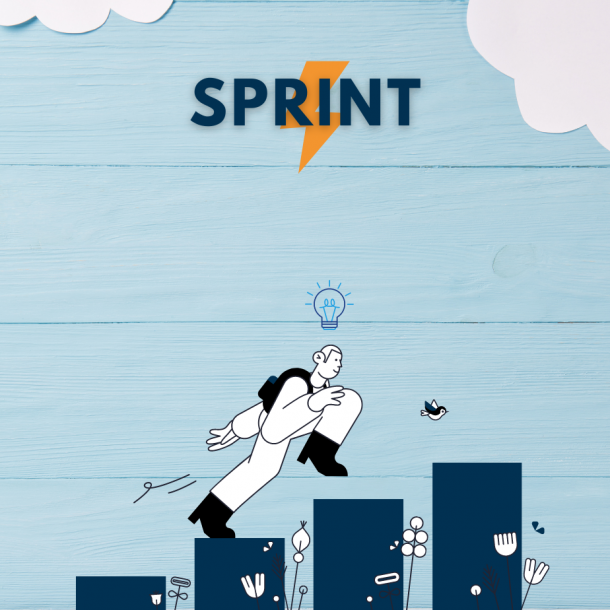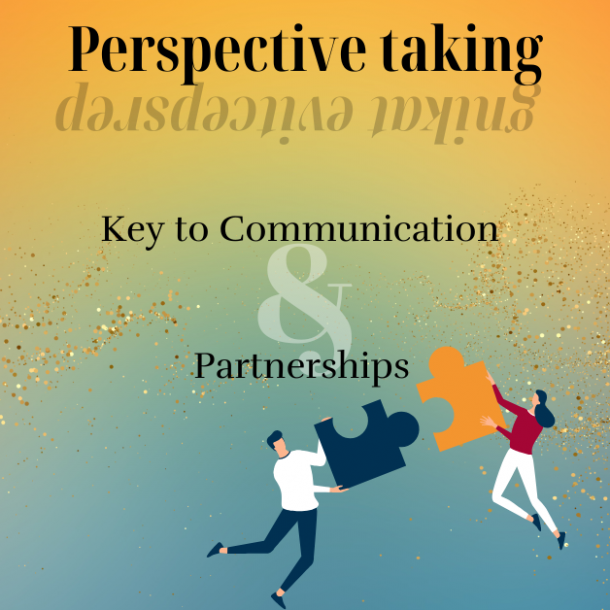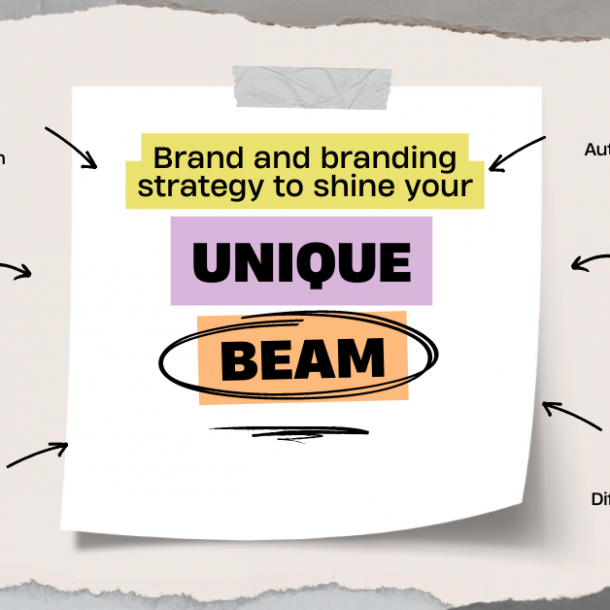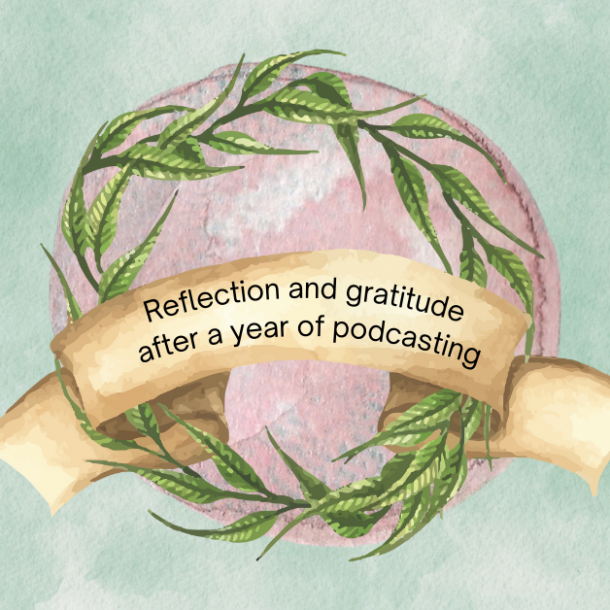
UpSkill: What is Your Brand?
With our first set of blog posts we began with an exploration of soft skills. We talked about definitions: such as what is a skill and what exactly do we mean when we talk about Upskilling.
We also discussed areas that UpSkillers struggle with:
Confidence
Goal-setting
Empathy
And we talked about how we feel under the gaze and scrutiny of others and how things like imposter syndrome show up in our lives and how much we value community.
We’re now switching gears. And all of what we’ve done in “season one” prepares us for the deeper conversations that we will engage in in “season two.” Season two is all about conversations that you care about.
We’re kicking off our conversation on branding. Our first guest is the brand guru himself: The dolphin brand man, Peter Wilkin. Peter Wilkin and I discussed what a “brand” is and what we mean when we talk about “branding.”
The concept of a brand and branding can be very fluffy. There’s so much out there on these topics. And it’s so fluffy at times that it’s hard to cut through the mist, and get to what is substantive and actionable for the average person. It sometimes seems like branding applies only to big companies and less at the individual level.
As Wiklen says, even supposed branding experts don’t all agree on what the definition of a brand is.
The industry is rife with jargon and there’s way too much complexity. Essentially, a brand is a perception. It’s a territory in the mind. It’s what your most valued stakeholders think of you, how they feel about you, how you are perceived. It’s not necessarily a tangible thing.
How do you end up owning that territory in the mind? By delivering a relevant, compelling, differentiating, incredible promise to them in a way that you do consistently. In a way that remains relevant, that remains compelling and interesting. You can’t bore people into buying your product or service or, or patronizing your brand.
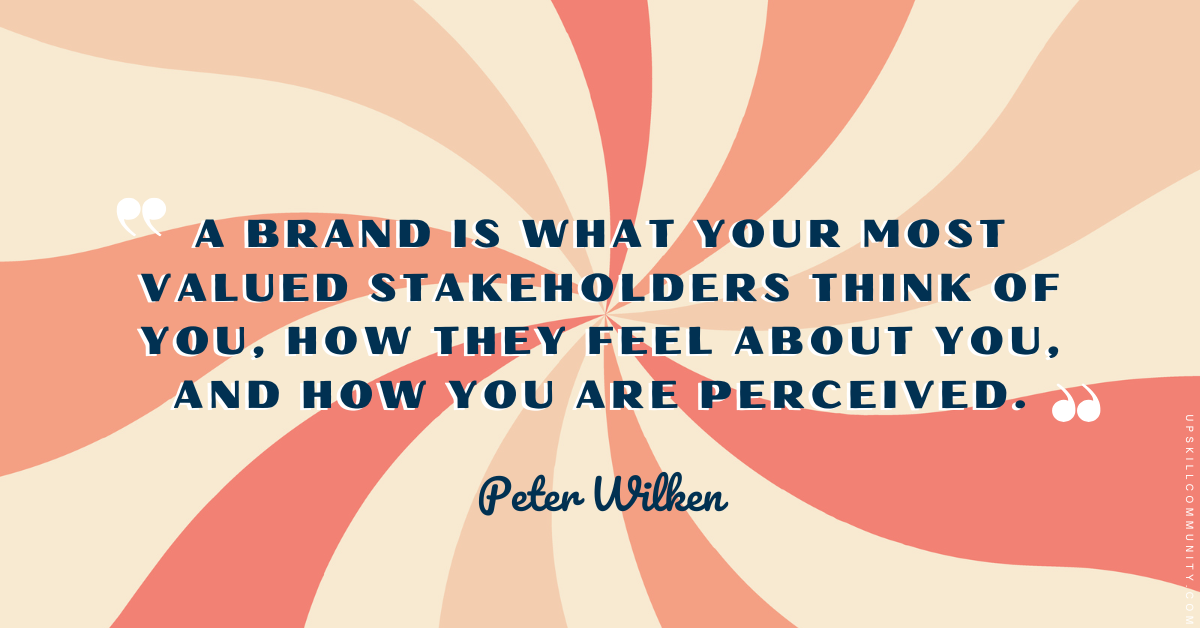
Once you understand that, and can capture it and replicate it, that is what your “brand DNA” is. Your brand DNA is like its genetic counterpart. It’s a template for replicating consistent desired future experiences with your most valuable stakeholders.
If you think about why you exist in order to serve others in a meaningful way, that’s a great approach for building your personal brand.
All of those elements combine together, become your DNA, and you articulate it in a way that’s completely unique to you, that’s easy enough to understand, but rich enough to replicate the complexity of what your brand is.
A brand is like a person. It is complex. You can behave differently according to different situations. However, your beliefs system and your ideology remains consistent. People will create impressions of you just from what they know of you. And that may be a very fleeting thing. A first impression may be all they get. So they may not get more than what they see, or maybe a secondary opinion from somebody else that they value that would carry weight, for example. Or they may have known you all their lives and so they really know the nuance of your character. And it’s the same with stakeholders, with your brand. Most people won’t get more than a superficial thing, so what are they going to pick?
Communicate your benefits and deliver them consistently because you may never get a second chance to get your message across. It’s far better that you’re known for one thing, than not known for anything.
When you are trying to develop your brand, think of these three questions:
1. What springs to mind when I say my name, or the name of my company, or the name of my brand?
2.What value do I bring? What value does my brand bring?
3. Why do I exist? Why does my brand exist? What does my brand do to serve others.
With these three questions, you can start to uncover what your brand is in the minds of your stakeholders. As Jeff Bezos says — which lines up with what Peter Wilken has been saying —”Your brand is what other people say about you when you’re not in the room.”


